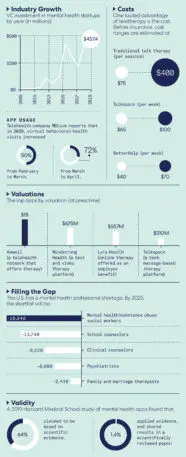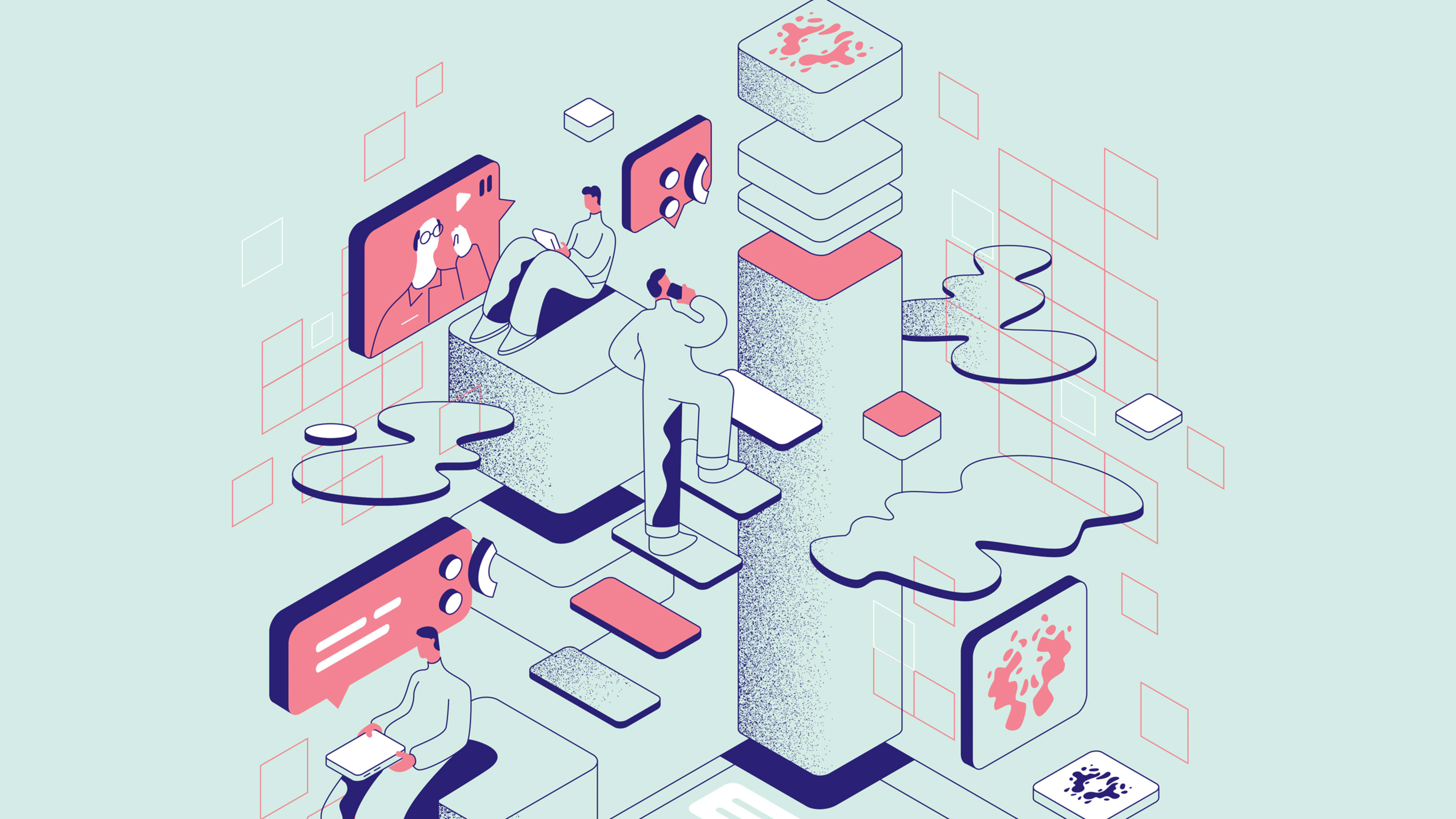Just a few years ago, teletherapy—the practice of doing therapy via phone, video, or text—was regarded as an unproven mental health treatment. But strong consumer demand for all forms of telemedicine (estimated to surpass $130 billion by 2025) has led to a quadrupling of venture funding in the space in the past five years. The popularity of these apps skyrocketed during the COVID-19 shutdown, as in-person visits ceased and mental health declined nationally. Remote therapy is now offered by traditional healthcare networks, stand-alone apps, and as part of employee assistance programs.

Recognize your brand’s excellence by applying to this year’s Brands That Matter Awards before the early-rate deadline, May 3.
